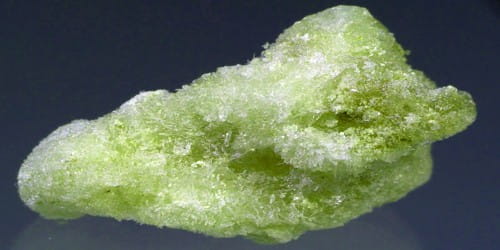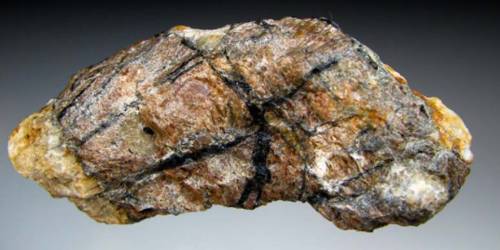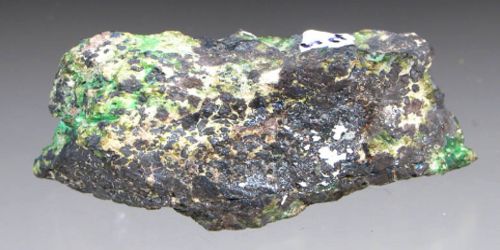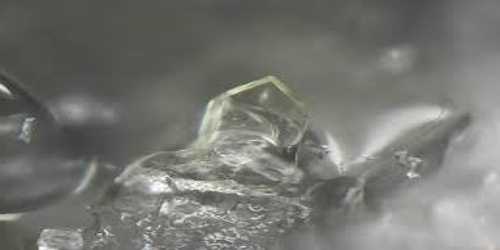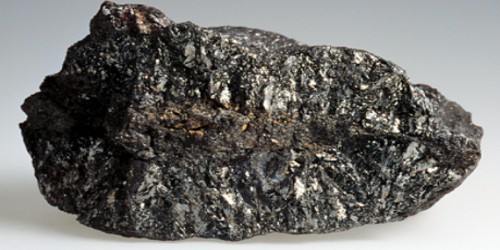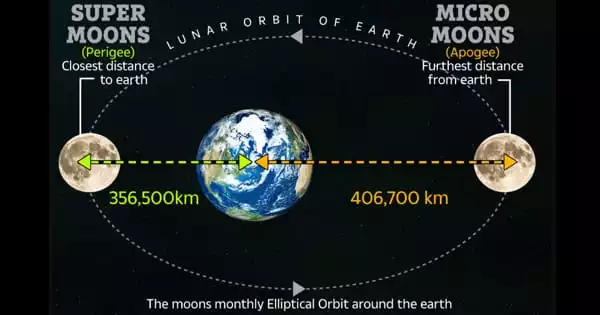Letovicite is an ammonium sulfate mineral with composition (NH4)3H(SO4)2. It is a mineral consisting of an acid ammonium sulfate. Also consists of triclinic mineral containing hydrogen, hydrogen, nitrogen, oxygen, and sulfur.
It is a rare colorless or white monoclinic secondary mineral formed during the burning of waste coal heaps and as a deposit in hot springs. It was first described from the Letovice region of Moravia in 1932.
General Information:
- Formula: (NH4)3H(SO4)2
- Colour: Colourless, white; colorless in transmitted light
- Hardness: 1 – 2
- Specific Gravity: 1.83
- Crystal System: Triclinic
- Name: After the type locality, Letovice (Lettowitz), Moravia, Czech Republic.
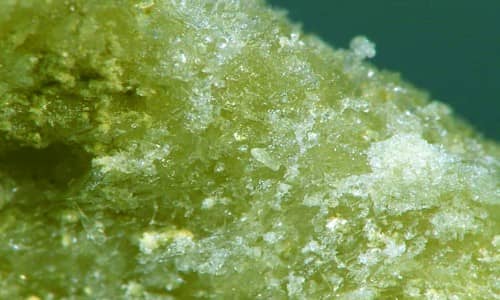
Fig: Letovicite
Physical Properties
- Transparency: Transparent
- Hardness: 1 – 2 on the Mohs scale
- Cleavage: Distinct/Good On {001}
- Fracture: Irregular/Uneven
- Density: 1.83 g/cm3 (Measured)
- Fracture: Uneven – Flat surfaces (not cleavage) fractured in an uneven pattern
- Luster: Vitreous (Glassy)
- Streak: White.
Occurrence: A rare secondary mineral, formed from burning coal (Czech Republic); deposited from hot springs (The Geysers, California, USA).
Association: Sulfur (Letovice, Czech Republic); mascagnite, boussingaultite (The Geysers, California, USA).
Information Source:
